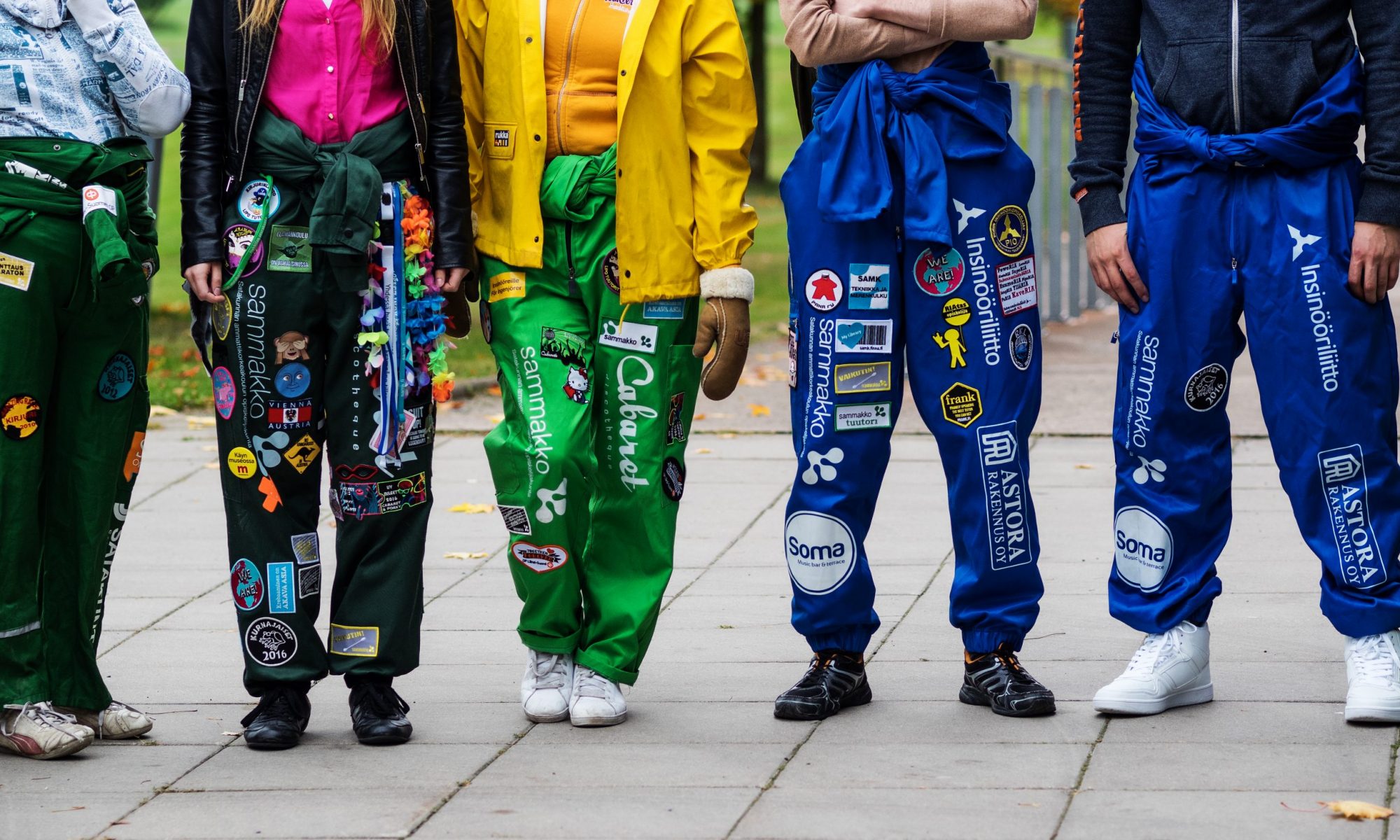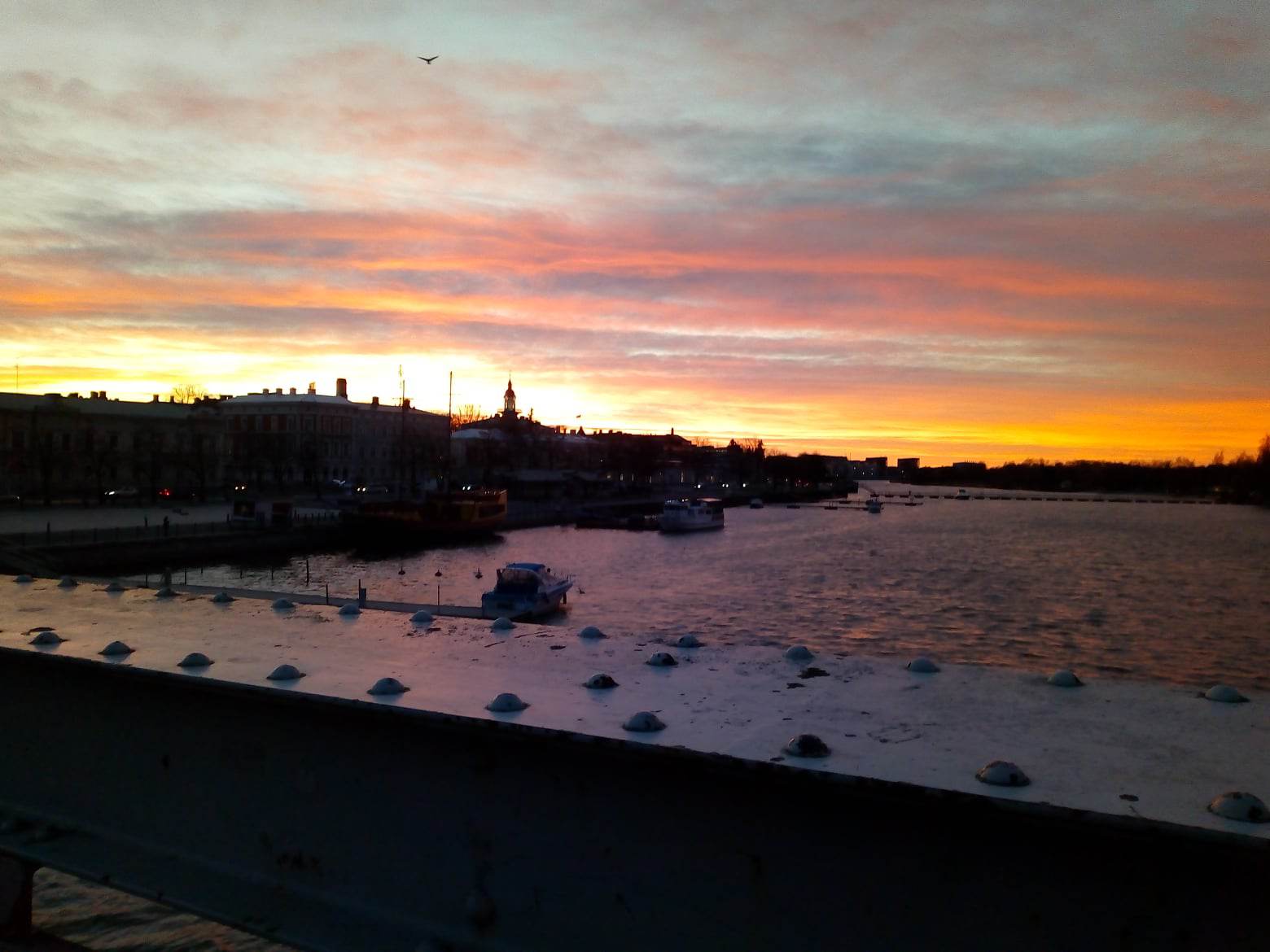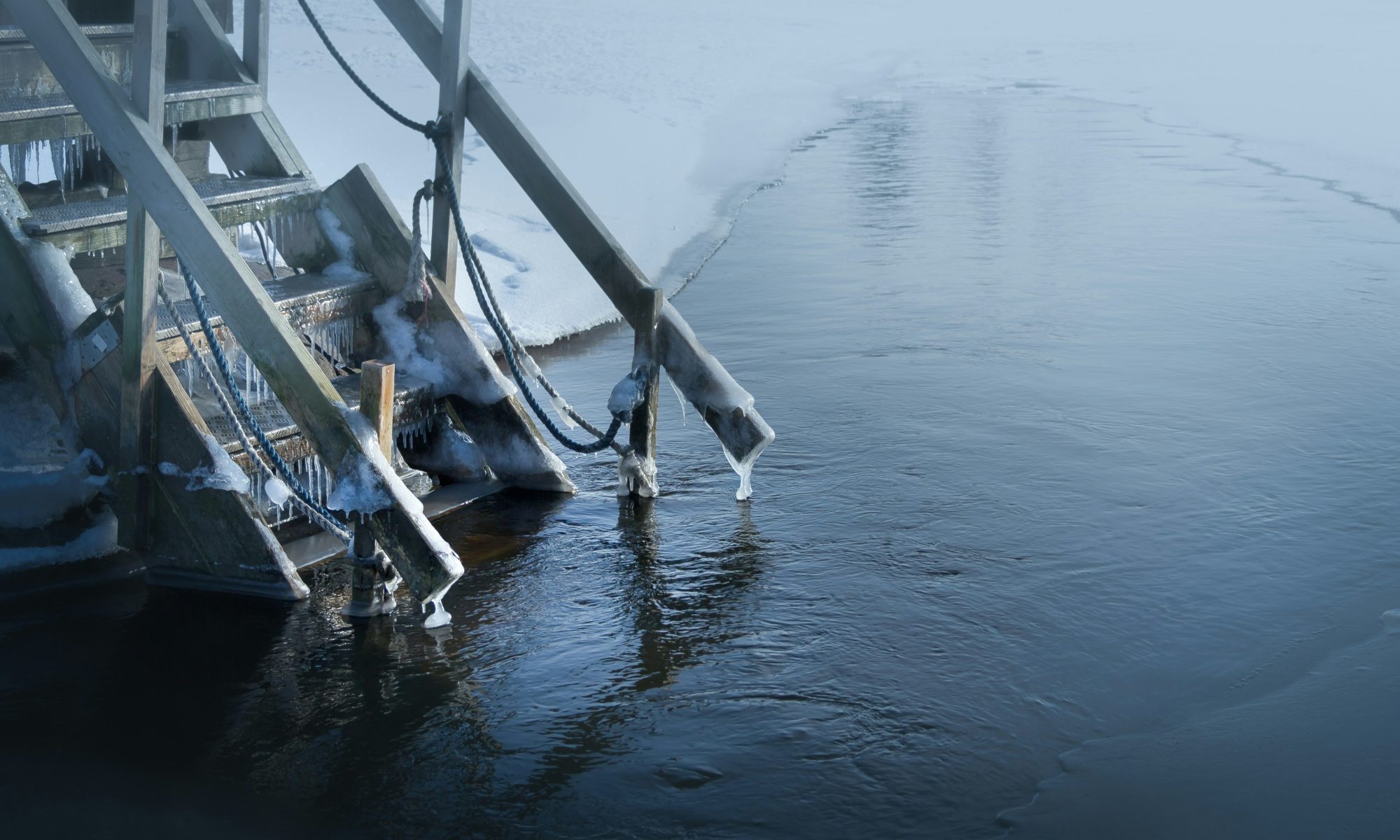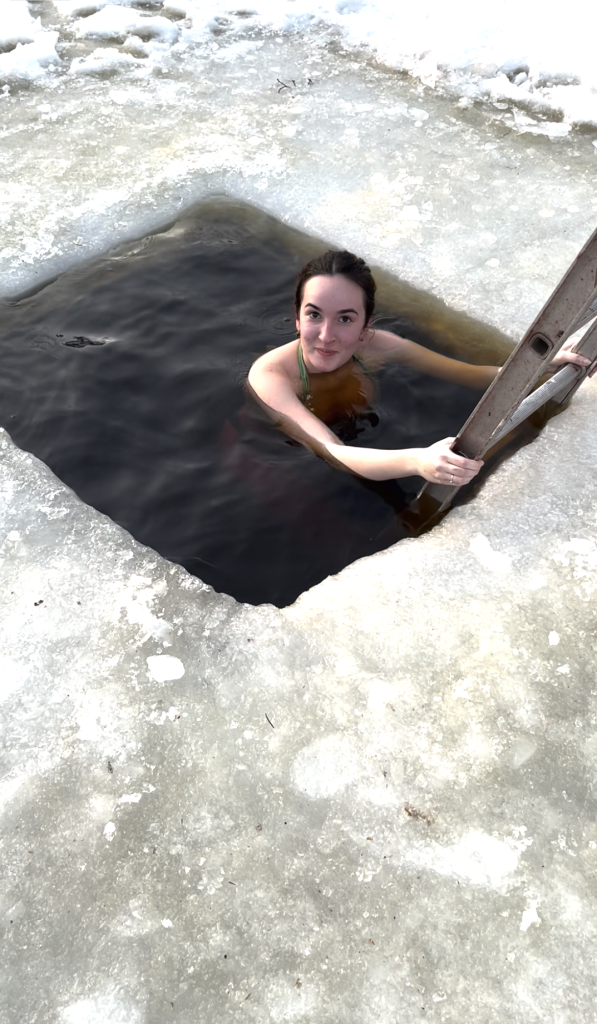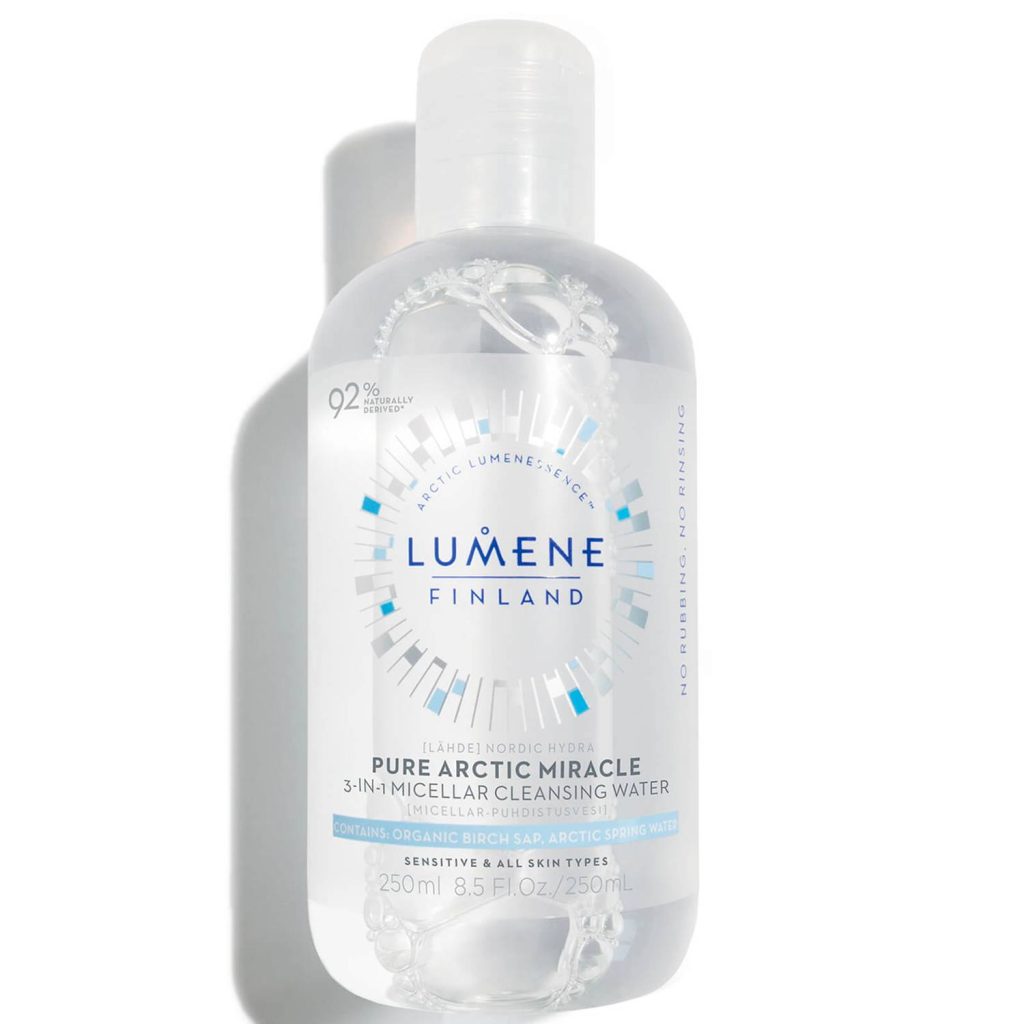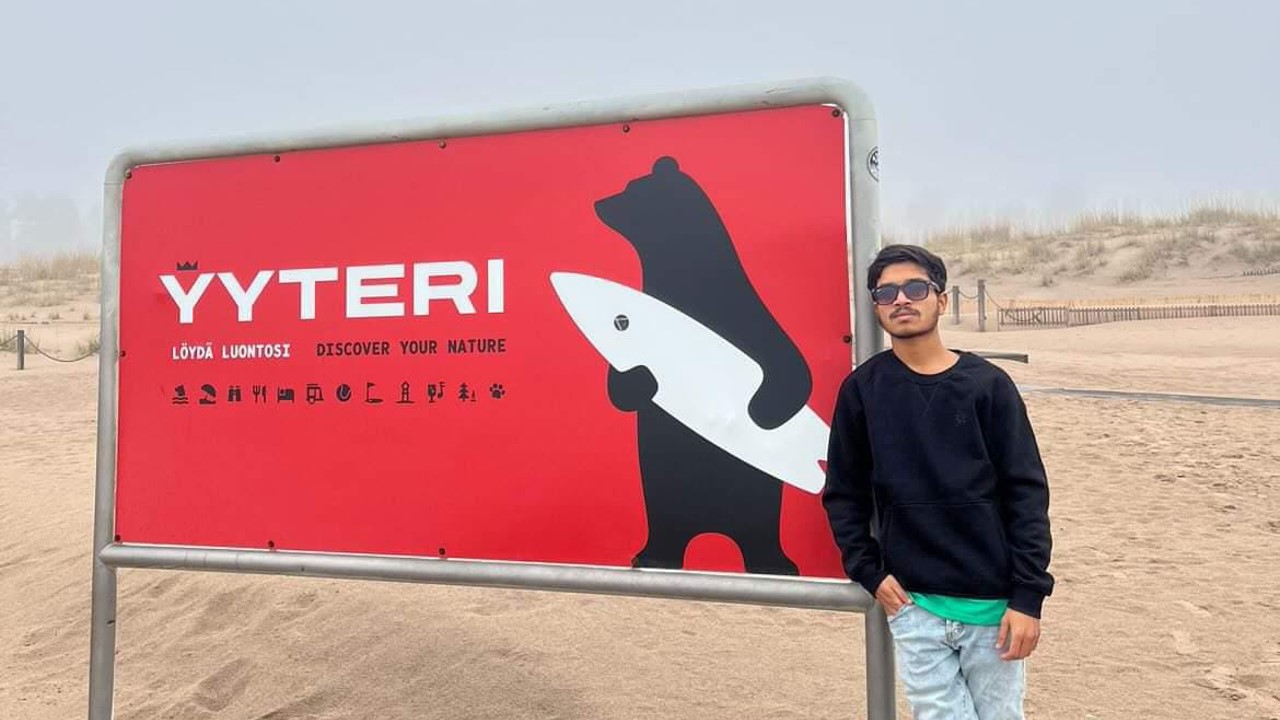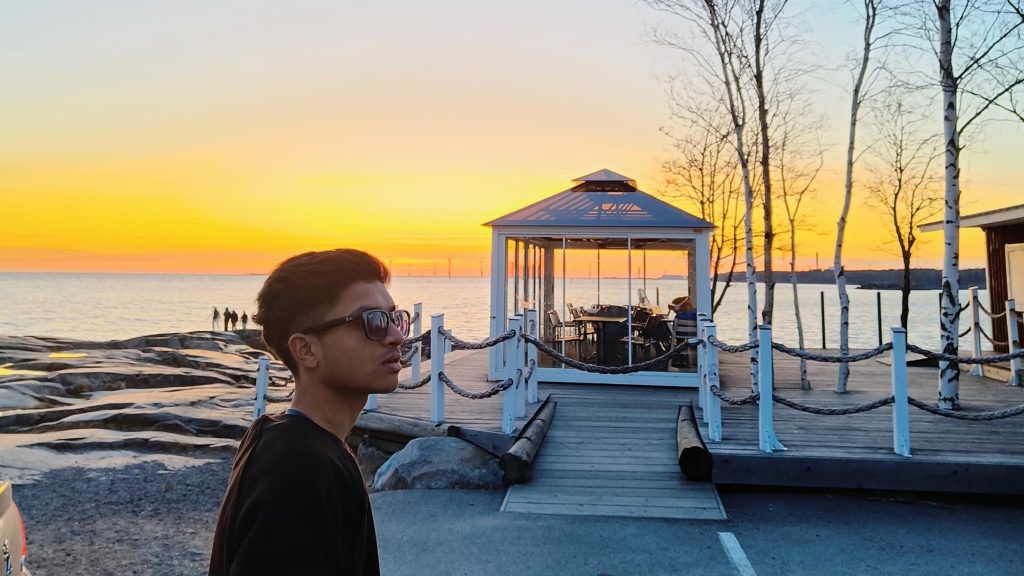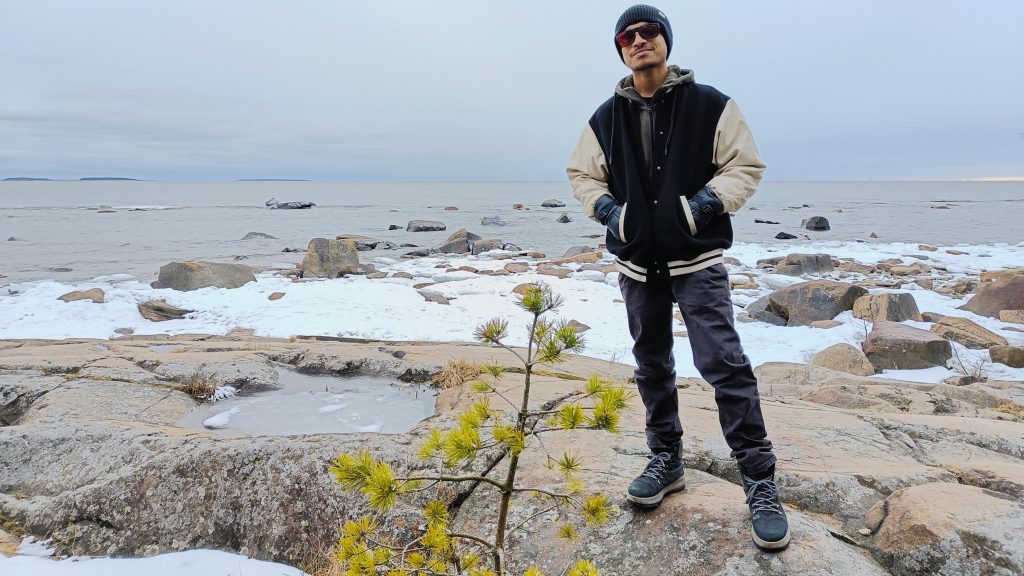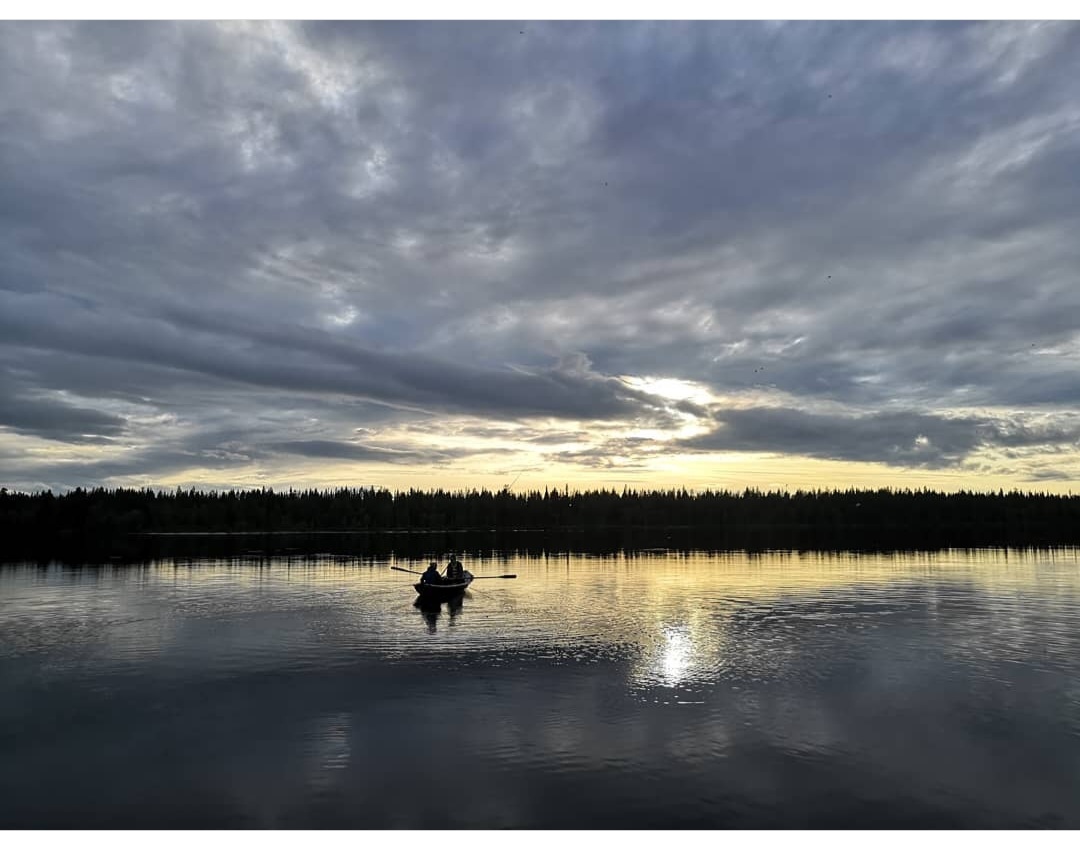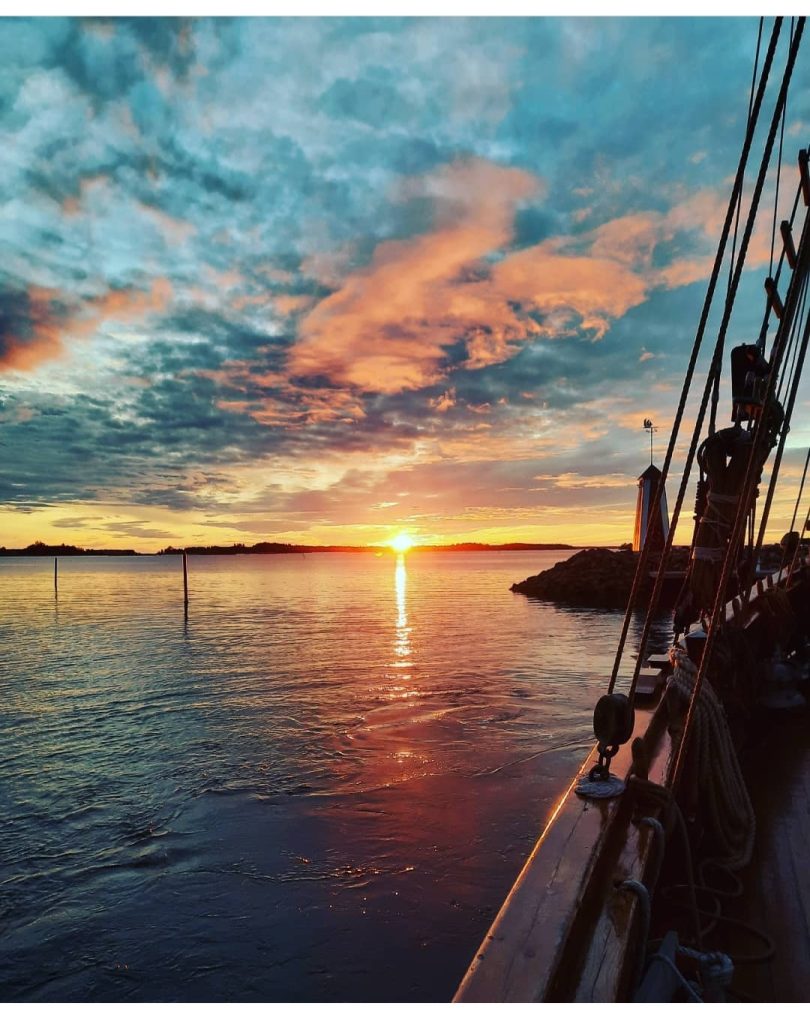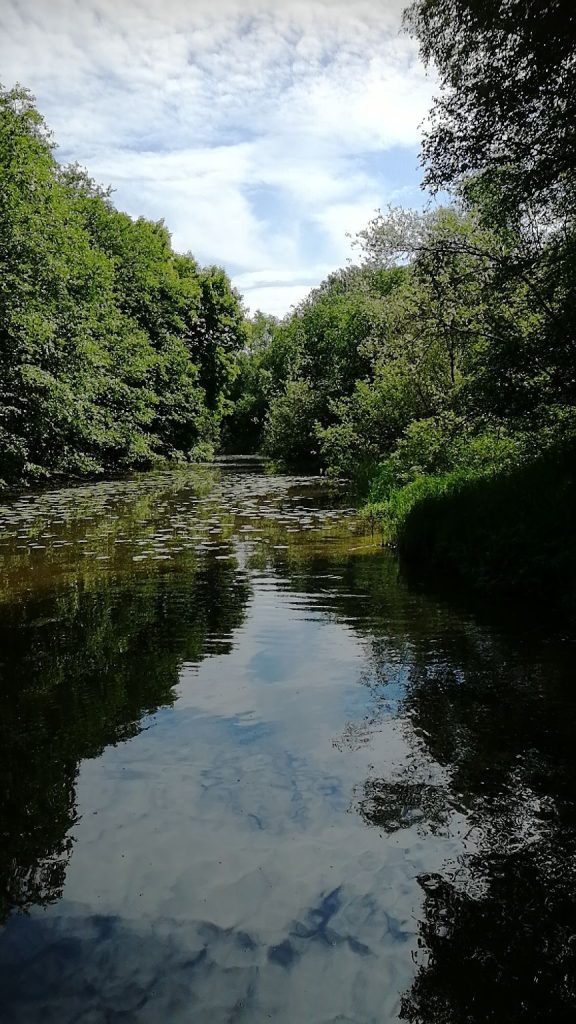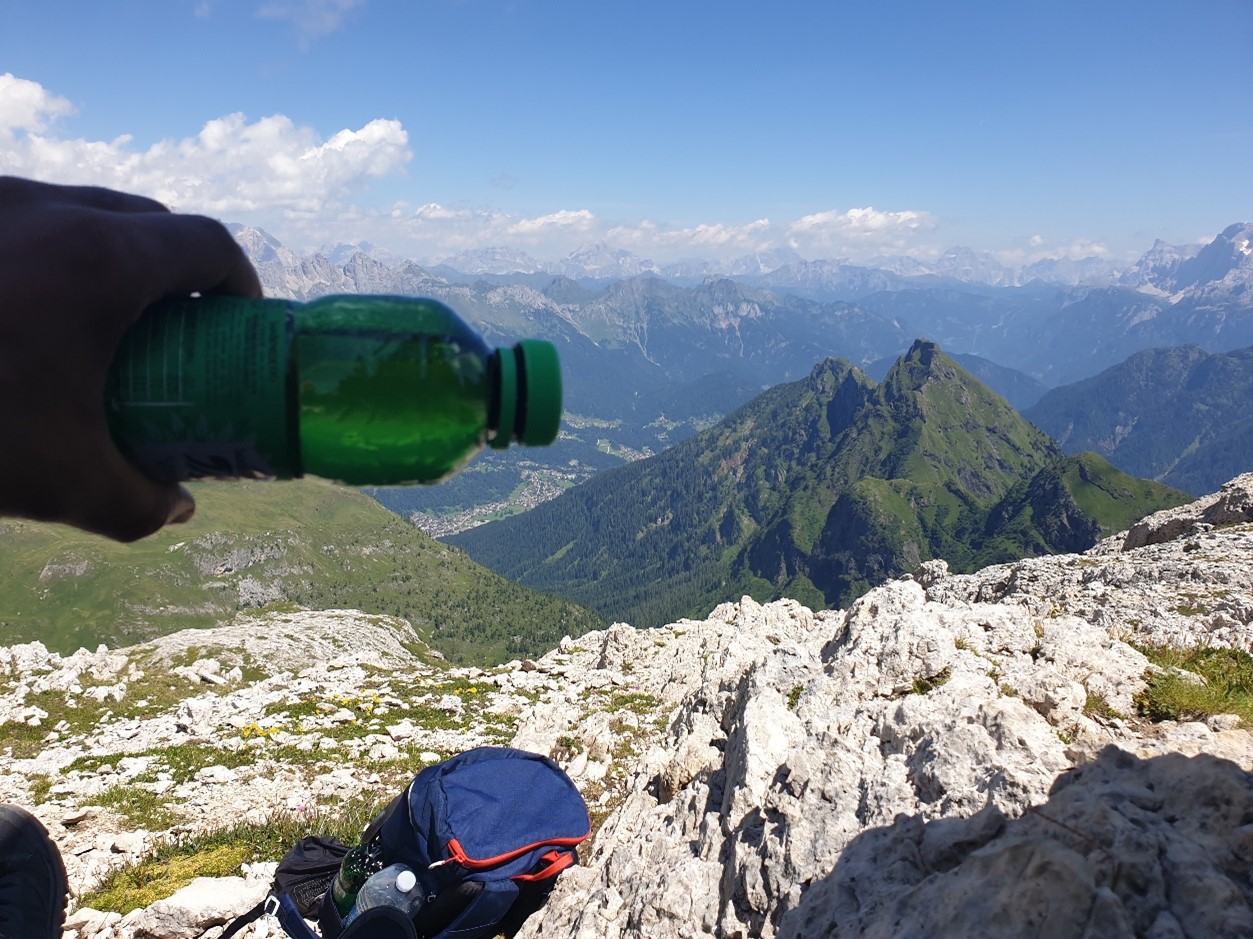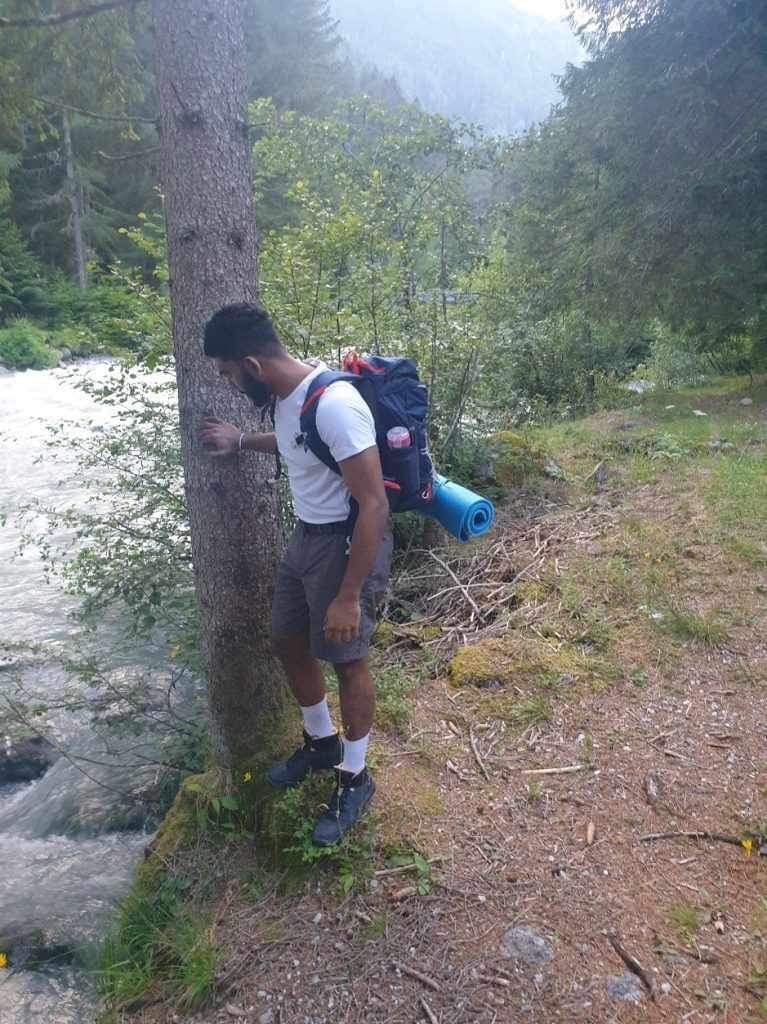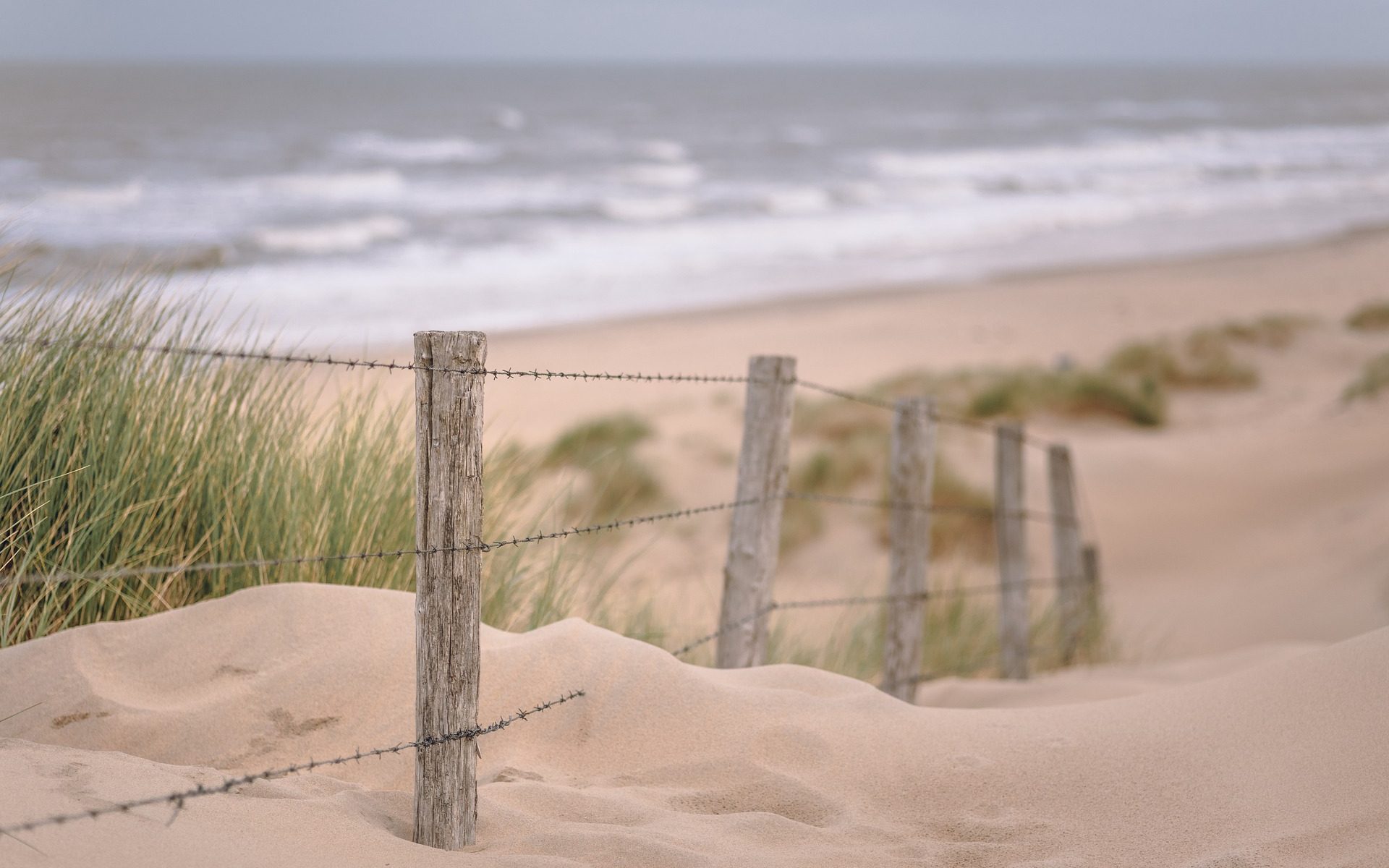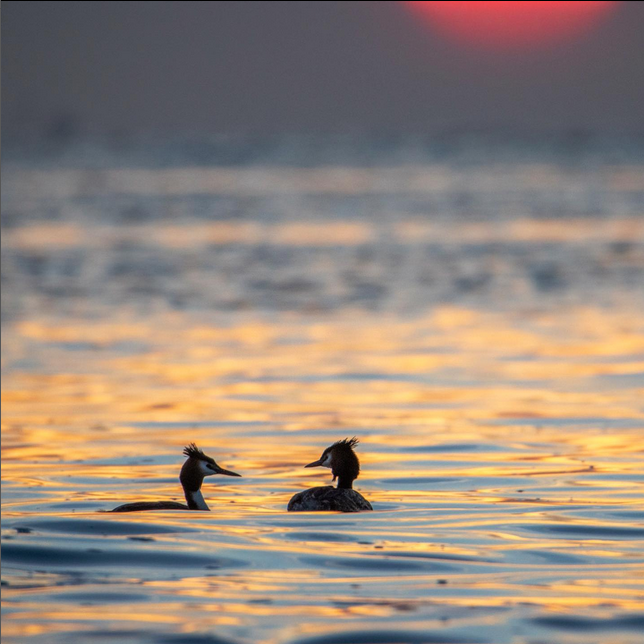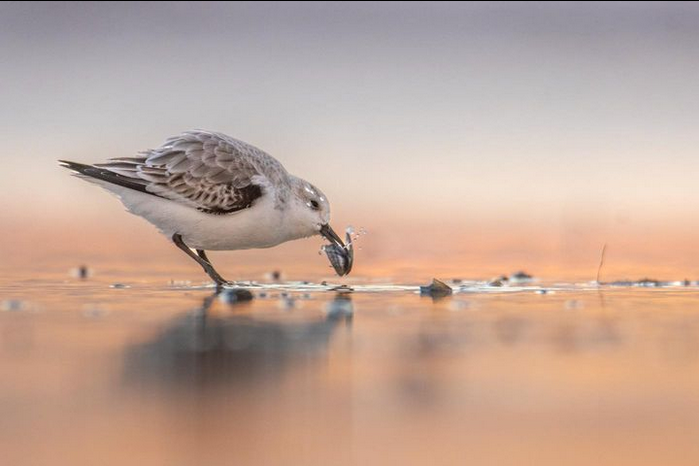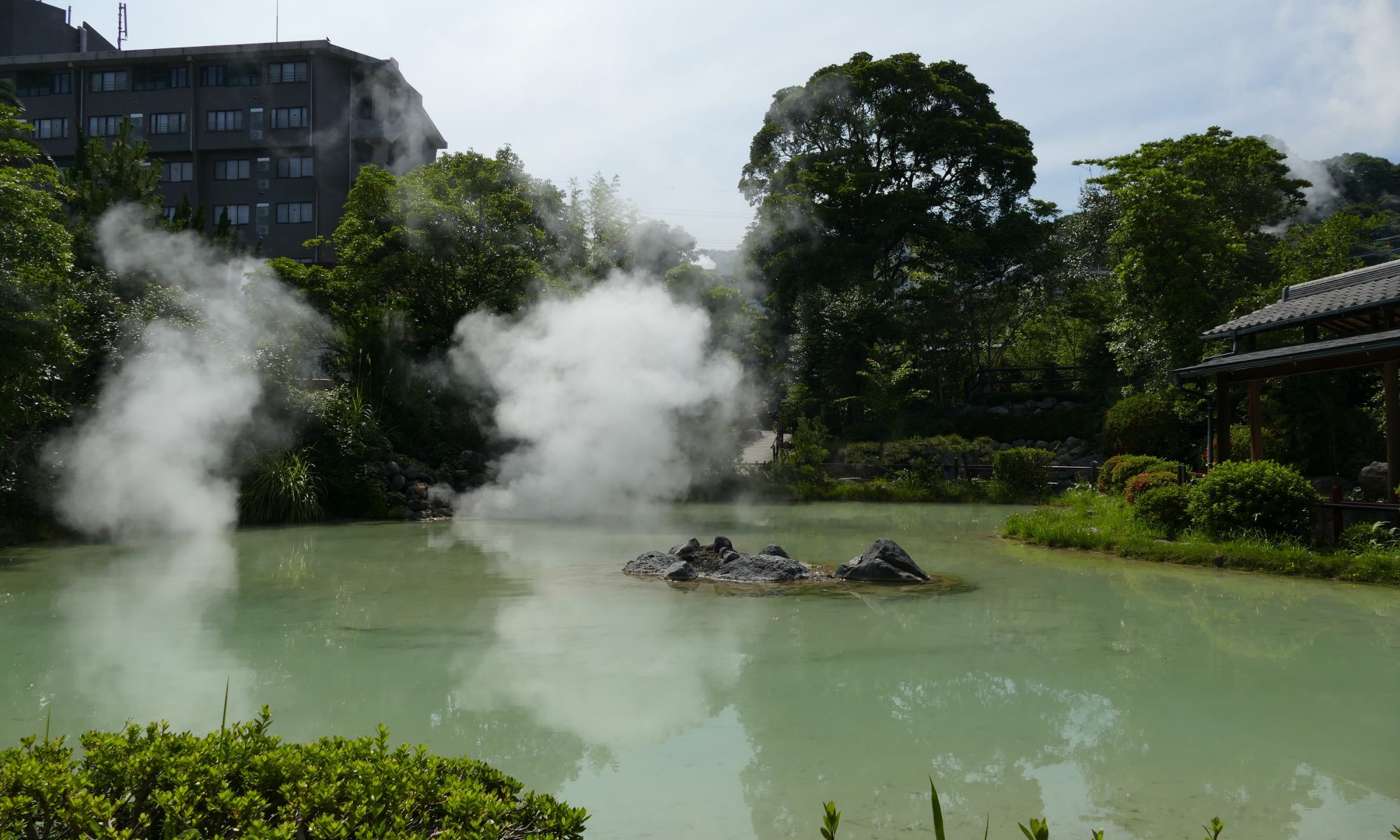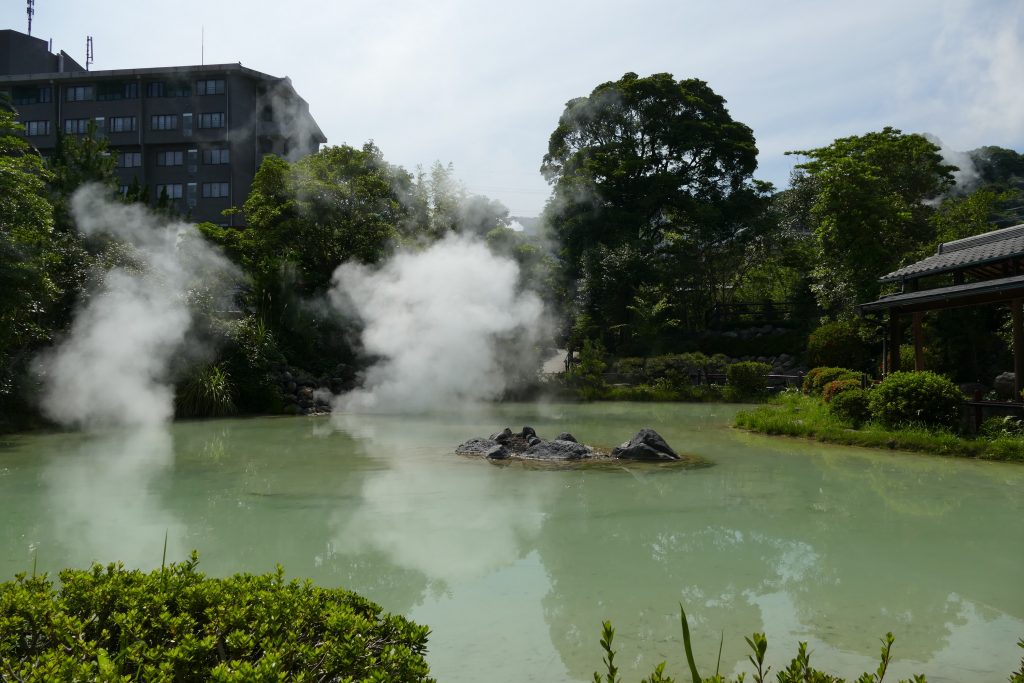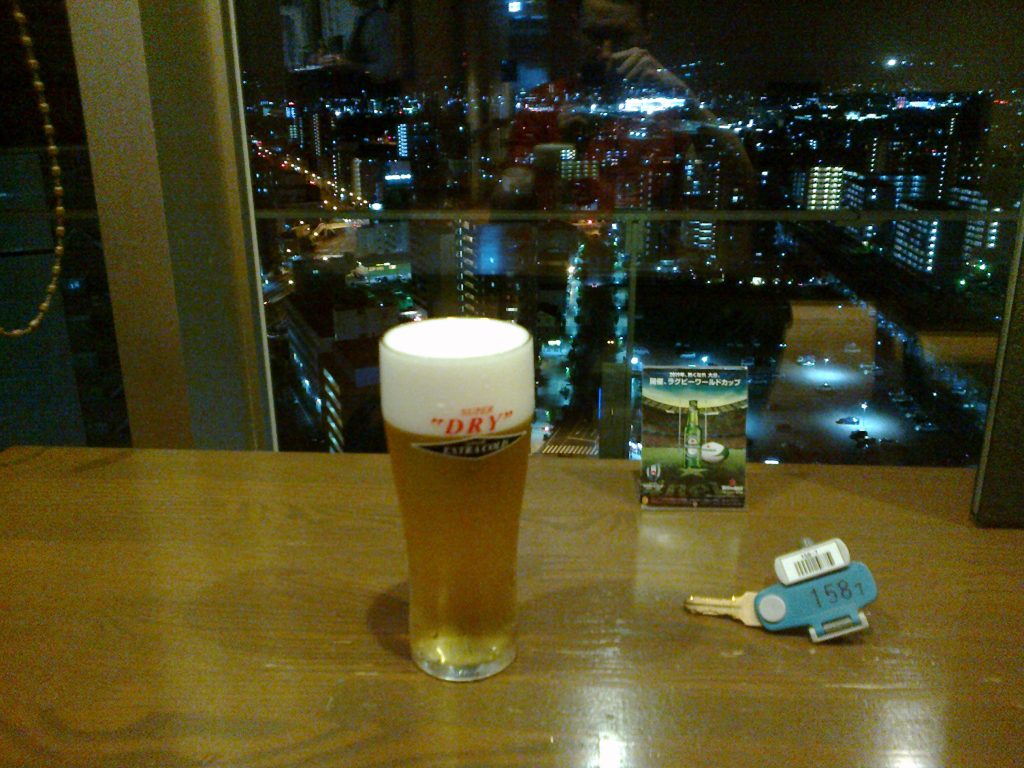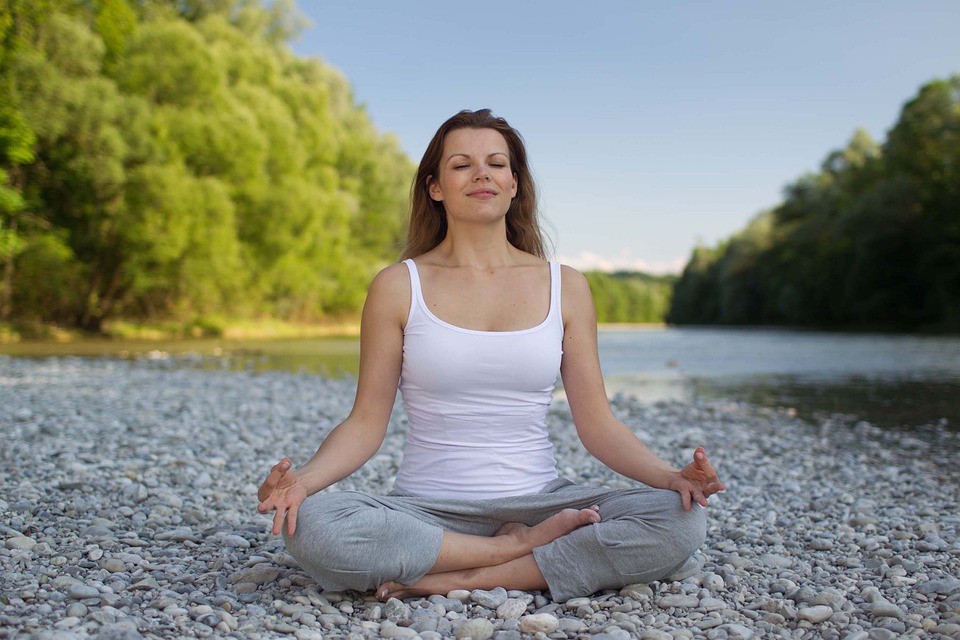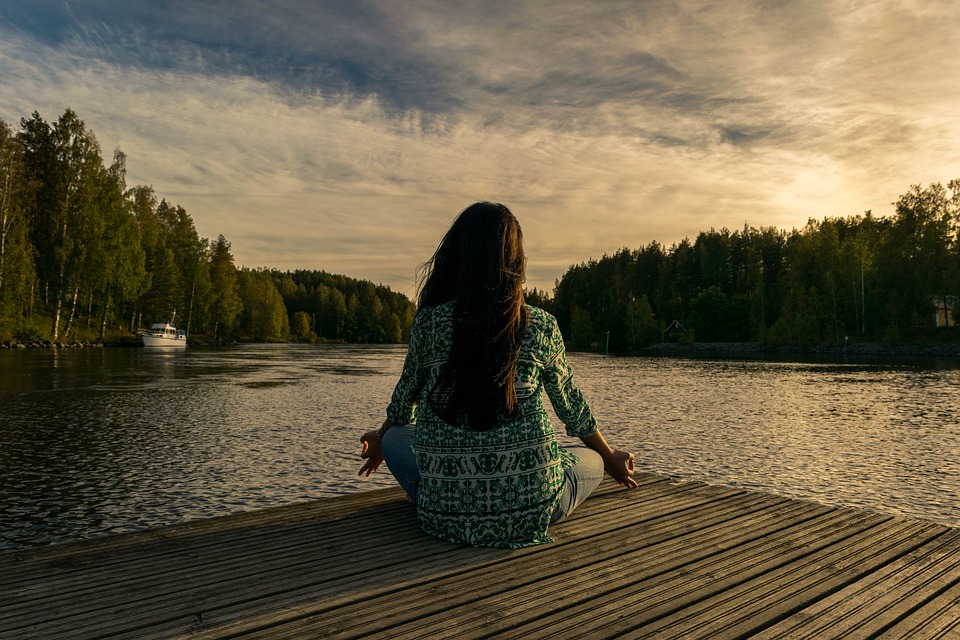If you give a damn about your wellness and you love the sea, you need to be studying in Pori. Yes, you read that right.
Pori is often portrayed as a working-class city, where one ends up in a drunken fight, while picking up late-night snack from a grill kiosk. While there is no denying this scenario could be witnessed in the night of Pori, I would like to share my experiences from this actually quite charming city by the Bothnian Sea, as someone who moved from another city to Pori to study International Tourism Management mids the global coronavirus pandemic in 2020.
Wellness is a term often mixed up with well-being, even though there is a stark difference between the two. As the Global Wellness Institute (GWI) describes: ”Wellness is the active pursuit of activities, choices and lifestyles that lead to a state of holistic health”, meanwhile well-being is the state of being satisfied with ones condition of existing.
As I settled down in Pori in 2020, I did not have much prior knowledge of the city and what it has to offer nor was I too concerned on my well-being. Before starting my academic journey, I assumed the upcoming student life would revolve around bar-hopping and taking part in student events. I came to realize that the experiences were stolen from us, due to us living mids the global pandemic. As the result, the events were cancelled and the restaurants were forced to keep their doors shut. It was a bummer, but I came to see, it might have been a blessing in disguise.
Many refer the world-shocking virus acting as a ”global value resetter”, making us more aware of our well-being and health. As many Finns alike, I turned into the nature to source well-being. I ventured local places, such as the picturesque island of Reposaari, which idyllic wooden houses and rocky shores enchanted me from the first glimpse. I had long winter walks along the Scandinavia’s longest beach dunes of Yyteri, and explored the rage of the ocean on a lighthouse island of Kallo.
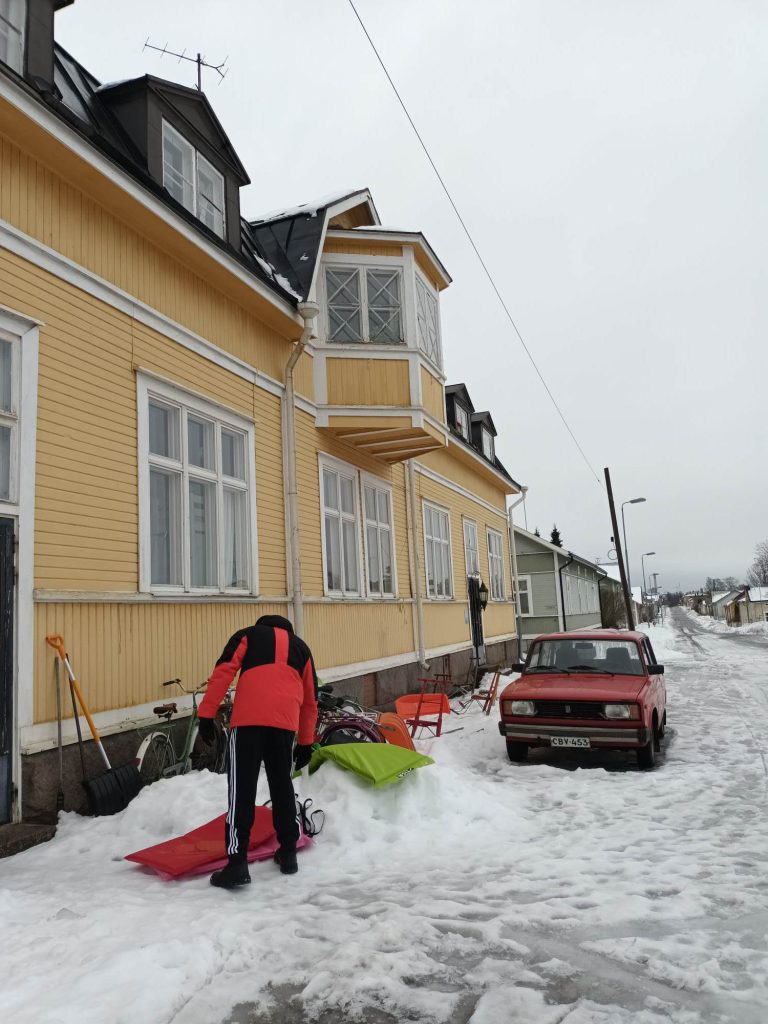
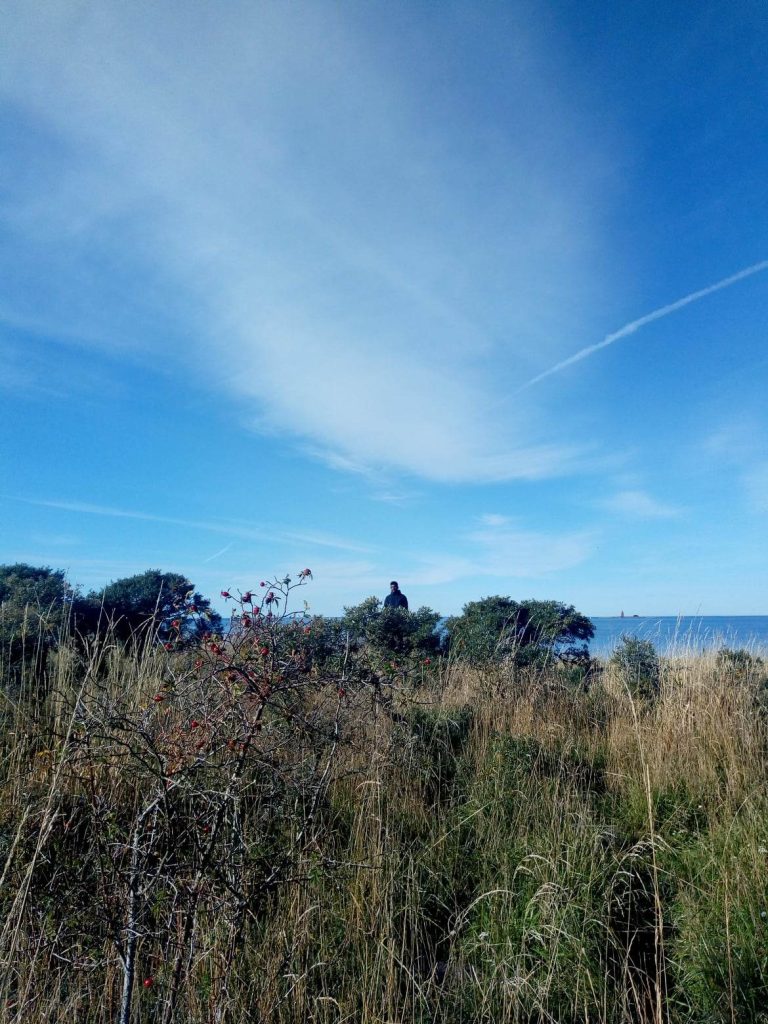
After having a walk on the shores of the Bothnian Bay, I felt as I had taken a class from some world-renowed mindfulness guru, due to the the feeling of complete relaxation of my mind and body. Not only was my tensity gone, but I felt more competent as a student, which I believe, also reflected on my academic success.
Do we need another global crisis to be able to value our well-being? Can we all just make it a norm to incorporate the active pursuit of health into our lives and aim to the best versions of ourselves?
As someone who was hesitant to take the leap mids pandemic and accept a study place in a small city like Pori, I would not change a thing. The wellness sourced from breathing in the fresh sea air, walking along the scenic coastline while listening the pace of the waves provides much longer lasting well-being than few Gin Tonics at a local club. And I have even finally become in terms with the Jackdaws keeping me up all night by screezing their lungs out behind my window.
Text and photos: Liisa Kemppainen, soon-to-be-graduating International Tourism Management student
